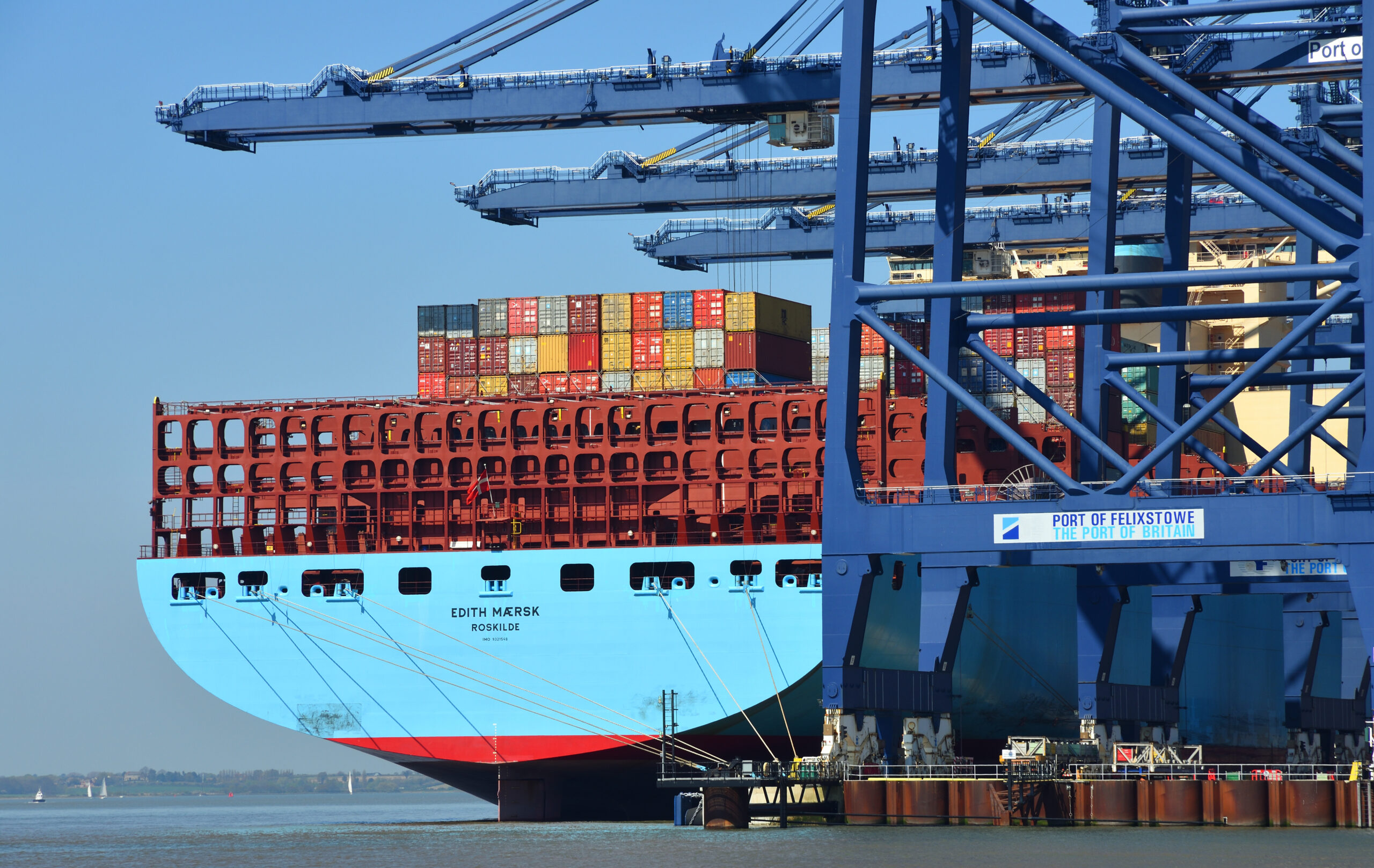Japanese shipping group, NYK, has published a position paper laying out plans to adopt carbon dioxide removal (CDR) technologies to reduce Scope 1 emissions. It will purchase third-party-verified credits through voluntary carbon markets to offset residual emissions, in line with its ‘NYK Group Decarbonization Story’, announced in 2023.
The paper, published this week, outlines NYK’s perspective on CDR and its aim to ‘unlock the potential of carbon dioxide removal’ in the maritime sector’s efforts to achieve net-zero emissions by 2050, in accordance with the 2023 International Maritime Organization’s (IMO) Greenhouse Gas (GHG) strategy.
While acknowledging that energy efficiency measures and alternative fuels represent the primary decarbonisation toolkit for the industry, NYK asserts that CDR will play a pivotal role in mitigating unavoidable residual emissions from shipping operations.
According to the United Nations’ Intergovernmental Panel on Climate Change (IPCC), CDR encompasses the technologies and practices that actively extract CO2 from the atmosphere for permanent storage. CDR credits are increasingly gaining recognition as a mechanism for decarbonising the supply chains of hard-to-abate sectors, such as international shipping.
Beginning in the 2025 fiscal year, or sooner if practical, NYK will procure third-party-verified CDR credits sourced from projects that provide permanent CO2 sequestration. The company aims to remove and store 100,000 tonnes of CO2 using this mechanism. The commitment reflects NYK’s intention to integrate CDR as a fundamental aspect of its environmental policy and evidences the growing maturity of CDR credits within maritime carbon finance strategies.
The position paper advocates for the development of a comprehensive global framework to standardise CDR monitoring, reporting, and verification (MRV) processes, which will increase transparency, trust, and accelerate industry-wide adoption.
With this investment in CDR credits, NYK is positioning itself as a leader in the use of voluntary carbon markets to mitigate residual emissions from shipping operations. This comes at a time when compliance carbon markets are being strengthened for the maritime sector with the expansion of the European Union’s Emissions Trading System (EU ETS) and the GHG pricing mechanism set to be adopted at the IMO’s MEPC 83 meeting in April 2025.



